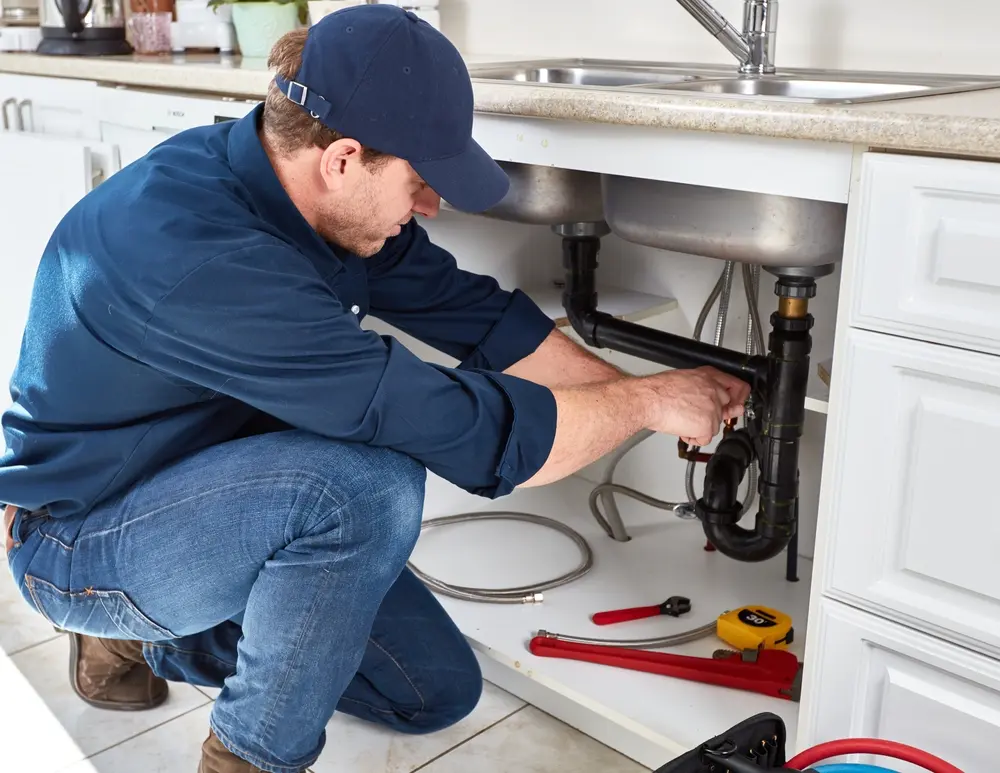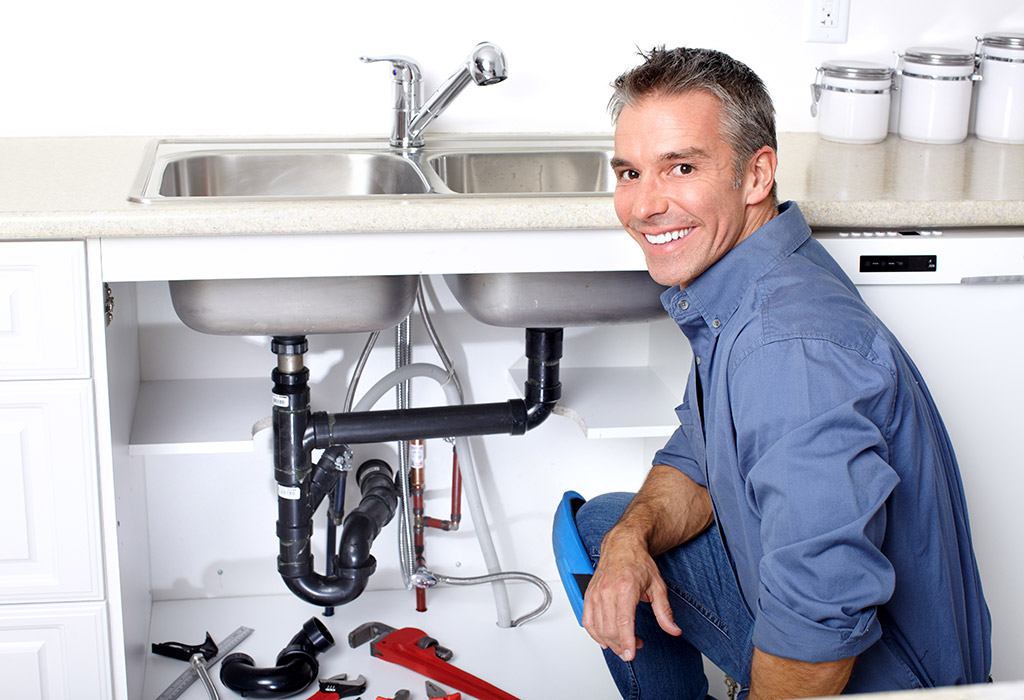Reliable Plumber Alabaster AL for All Your Emergency Demands
Reliable Plumber Alabaster AL for All Your Emergency Demands
Blog Article
A Detailed Guide to Effective Water Heating System Installation for Optimal Performance
Beginning on the job of installing a water heating system is an endeavor that demands accuracy and a methodical method for attaining optimal efficiency. The procedure begins with the crucial decision of selecting the proper heater customized to the specific demands of your family, thinking about factors such as kind, dimension, and energy resource. When selected, preparing the setup area to satisfy safety requirements is paramount. The journey does not end here. As you continue, the ins and outs of connecting water system lines and establishing up trusted electric or gas links await, promising understandings into making sure efficiency and reliability.
Selecting the Right Water Heating Unit

Next, consider the size and capability of the water heater. It's essential to analyze your home's hot water requirements, which can differ based upon the variety of passengers and their use patterns. An unit that's too little may cause insufficient warm water, while a large version could result in unneeded power consumption.
Effectiveness scores likewise play an essential function in option. Search for water heating systems with high Energy Variable (EF) ratings, indicating superior efficiency and minimized power use. Tankless designs, though typically extra pricey ahead of time, deal significant power savings gradually as a result of their on-demand heating capacities.
Preparing the Installment Area
Prior to setting up a new water heater, thorough preparation of the installation location is necessary. It's crucial to gauge the room very carefully to accommodate the water heating system's dimensions, making certain ample clearance around the system for effective procedure and servicing.
Examine the flooring for security, as the water heating system will certainly require a strong, level surface to operate effectively. If essential, mount a drip pan underneath the device to catch prospective leaks or spills, stopping water damage to the surrounding area.
Furthermore, guarantee that all necessary tools and materials get on hand prior to beginning the installation. This consists of items such as wrenches, screwdrivers, a degree, and any kind of added equipment required for installing and protecting the heating unit. A well-prepared installment location establishes the foundation for a successful hot water heater setup, enhancing performance and safety.
Connecting Water System Lines
When linking supply of water lines to your newly set up hot water heater, it is critical to ensure that all connections are leak-free and safe and secure to keep reliable operation and avoid water damages. Begin by determining the warm and chilly water lines. The cool water inlet is typically marked with a blue tag or a "C", while the hot water outlet is noted with a red label or an "H".
Usage flexible hot water heater ports to assist in a much easier setup process. These connectors can soak up resonance and enable minor activity, reducing the danger of leaks. Prior to attaching the connectors, place a plumbing technician's tape around the threaded ends of the water heating unit's inlet and electrical outlet pipes - Plumbing Services Alabaster AL. This tape functions as a sealant, avoiding leakages. Carefully connect the flexible tubes to the particular inlet and outlet, ensuring that they are limited however not over-tightened, which can harm the strings.
Once connections are in area, slowly switch on the main water system shutoff. Examine each link for leakages by aesthetically inspecting and really feeling for moisture. Tighten links as essential, and make certain the pressure safety valve is correctly installed, protecting against extreme stress accumulation.
Establishing Up Electrical or Gas Links
Properly setting up the electrical or gas links for your water heating unit is a critical step to guarantee risk-free and reliable procedure. For electric water heating systems, begin by verifying that the electric circuit is compatible with the heating system's see this site voltage and amperage demands.
For gas water heaters, safety and security is critical. Validate that the gas supply is off prior to proceeding. Connect the gas line to the water heating unit using a flexible gas connector, guaranteeing it is appropriately threaded and sealed with pipeline joint compound or Teflon tape appropriate for gas connections. Tighten the connections with a wrench, making sure not to over-tighten (Plumbing Services Alabaster AL).
As soon as connections are made, evaluate for any possible leakages. For gas lines, use a soapy water service to the joints; bubbles show a leakage. For electric links, ascertain that this content all wiring is secure and appropriately shielded, maintaining compliance with neighborhood electrical codes.
Changing and examining for Efficiency
With the electrical and gas links safely in position, the next action is examining the functional performance of your hot water heater. Begin by very carefully turning on the water system and making sure there are no leakages at any of the shutoffs or joints. When verified, continue to fill up the storage tank, focusing on the pressure and temperature settings. It is a good idea to establish the thermostat to an advised temperature level of around 120 ° F(49 ° C) to balance power effectiveness and convenience.
Following, carry out a comprehensive inspection to ensure the burner or gas burners are functioning properly. For electrical heating units, utilize a multimeter to confirm if the aspects are attracting the ideal current. In gas designs, observe the burner flame; it ought to be blue and constant, suggesting reliable combustion.
Readjust the setups as required to get rid of inefficiencies. Consider implementing insulation procedures, such as including a hot water heater covering, to better improve performance by reducing warmth loss. Additionally, check the anode rod's problem, as a tatty rod can reduce performance and result in storage tank deterioration.
Verdict
Reliable water heating system installation is important for ensuring ideal performance and energy financial savings. Firmly connecting water supply have a peek at this site lines and meticulously setting up electrical or gas connections reduce possible concerns.

Correctly establishing up the electrical or gas links for your water heater is a critical action to make certain efficient and secure operation. For electrical water heating systems, start by verifying that the electrical circuit is suitable with the heating system's voltage and amperage requirements. Attach the gas line to the water heating system using an adaptable gas adapter, guaranteeing it is appropriately threaded and sealed with pipeline joint compound or Teflon tape suitable for gas connections.
Report this page